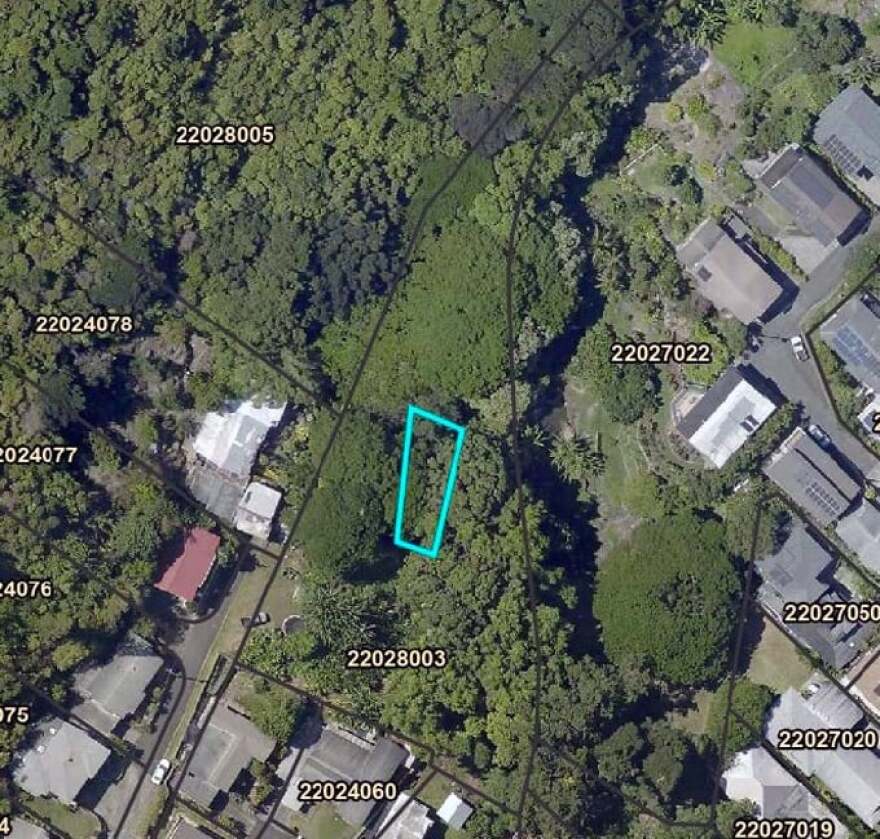What does a land redistribution plan from the 1840s have to do with land rights today?
Historians point to the Great Māhele as one of the most important episodes of Hawaiian history. Under King Kamehameha III, the policy privatized land. Two years later, a law was enacted to grant land ownership to commoners — these parcels are known as “kuleana lands."
Hiʻilei Hobart has been living in the diaspora since 1999. In 2016, she found out that she and her siblings inherited kuleana land in Pauoa Valley on Oʻahu, when she received a bill for overdue property taxes.
For many, the story would end there. But Hobart did something unusual — she dug into the history of the land, uncovering details about the māhele and her own family history.
She recently wrote about her journey in “Places,” an academic journal. She's currently an assistant professor of Native and Indigenous Studies at Yale University in Connecticut.
Hobart spoke with The Conversation about kuleana land and her family's parcel that made its way into her mother's family around 40 or 50 years after the māhele.
“In traditional Hawaiian society, property ownership didn't exist in the same way that it does in Western conceptions of private land ownership,” Hobart said.
”The impetus for the māhele, which was kind of rolled out by Hawaiian aliʻi, was generally understood as a way to protect Native Hawaiians against Western land grabs. … The part of the māhele that this particular parcel of land came out of is the part that was designed to give makaʻāinana, or the commoner class, claim to the lands upon which they lived, tended or cared, which is why they are called kuleana lands.”
To receive kuleana land, she said, you had to apply for it, then testify to government officials. And still, only some were granted land.

Hobart shared that her family’s parcel is extremely tiny, just over 2,000 square feet, and is completely surrounded by another property.
"I describe it in the piece, somebody else owns the donut and we kind of have claim to the donut hole, which is a very tiny donut hole," Hobart said.
“I think what compelled me to spend time thinking about this piece of land was that it is so economically useless, like we can't build on it, you can't develop it,” Hobart said. “It's so tiny that even if it were zoned for residential use, which it is not, we probably don't have enough space to build a house on it.”
Although Hobart said there is no economic need to retain this land claim, she and two of her siblings have submitted requests to be added to the property’s title.
“I think one of the things that I have taken away from this is an immense amount of gratitude for the people who are working to help folks hold on to their lands, to kind of hand hold us through navigating really complicated legal frameworks in order to hang on to the things to which we are entitled,” she told HPR.
This story aired on The Conversation on June 10, 2025. The Conversation airs weekdays at 11 a.m. Hannah Kaʻiulani Coburn adapted this story for the web.





